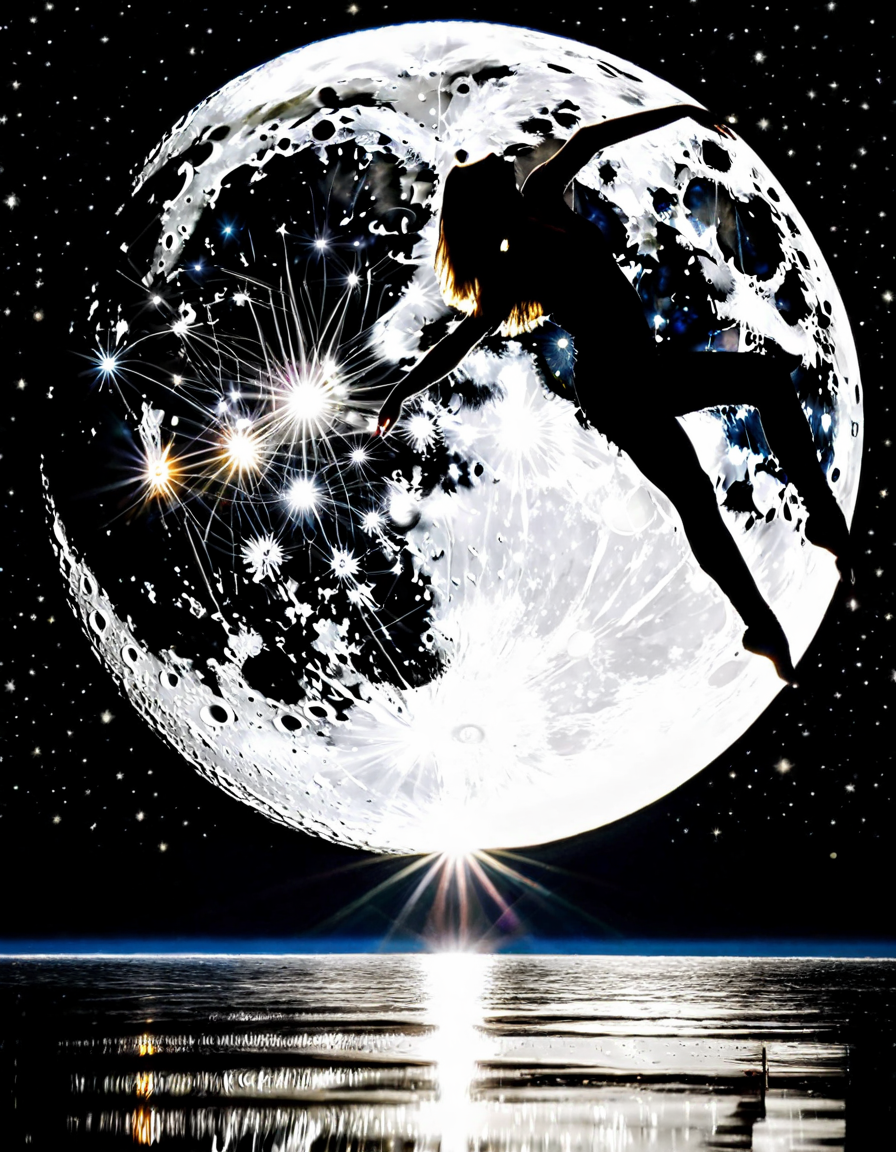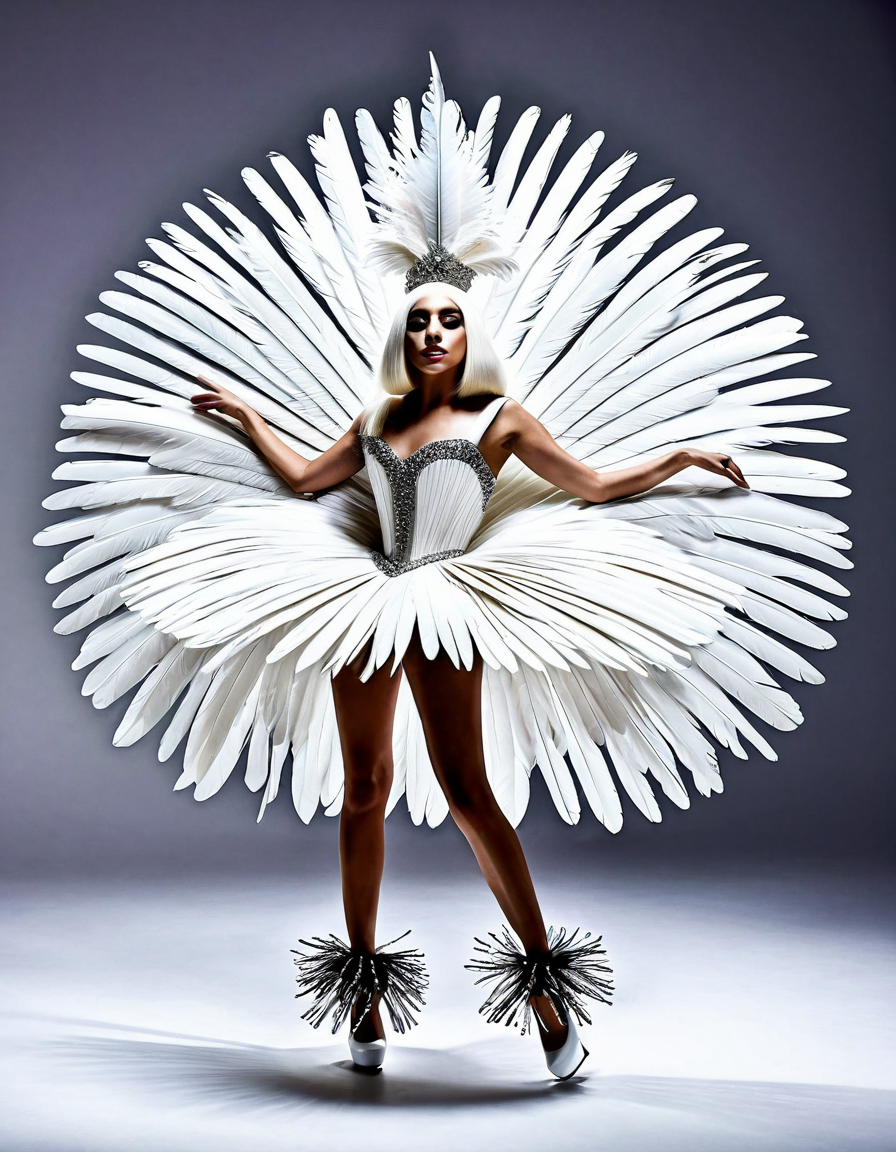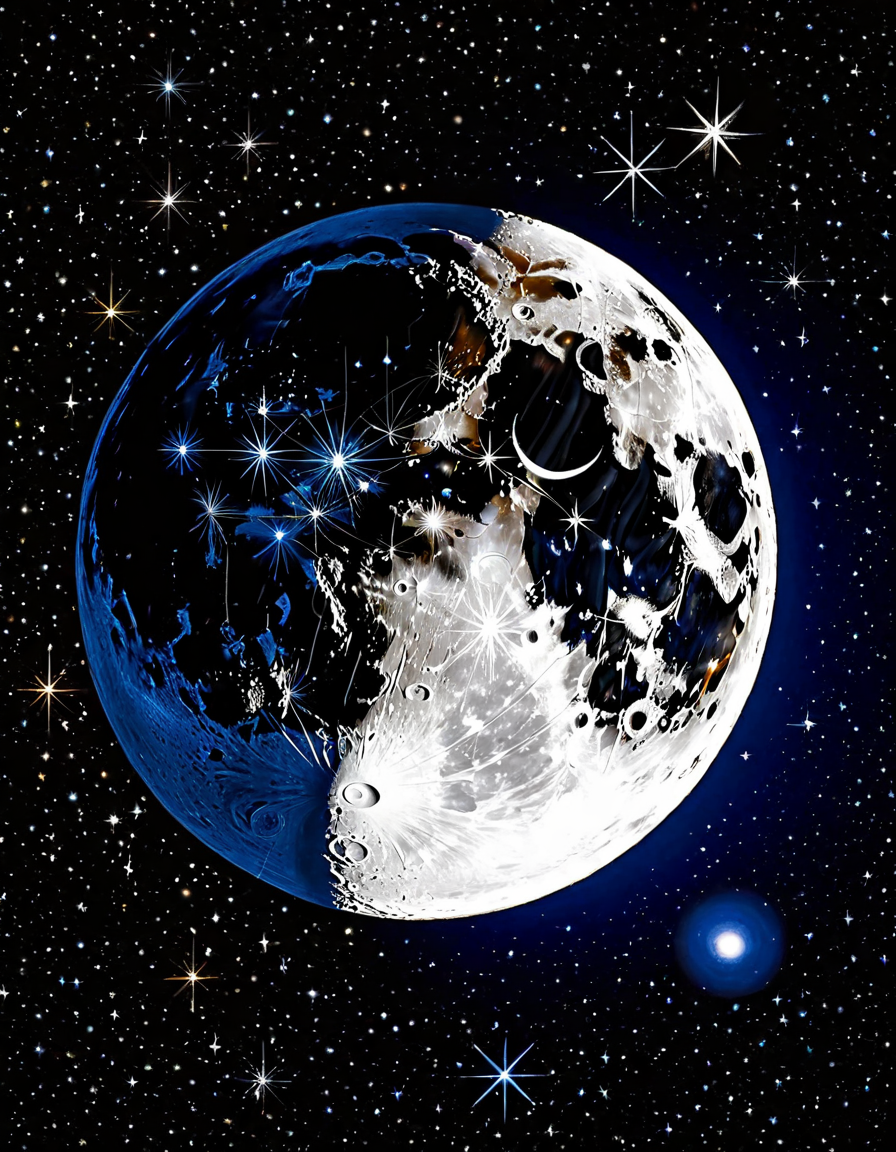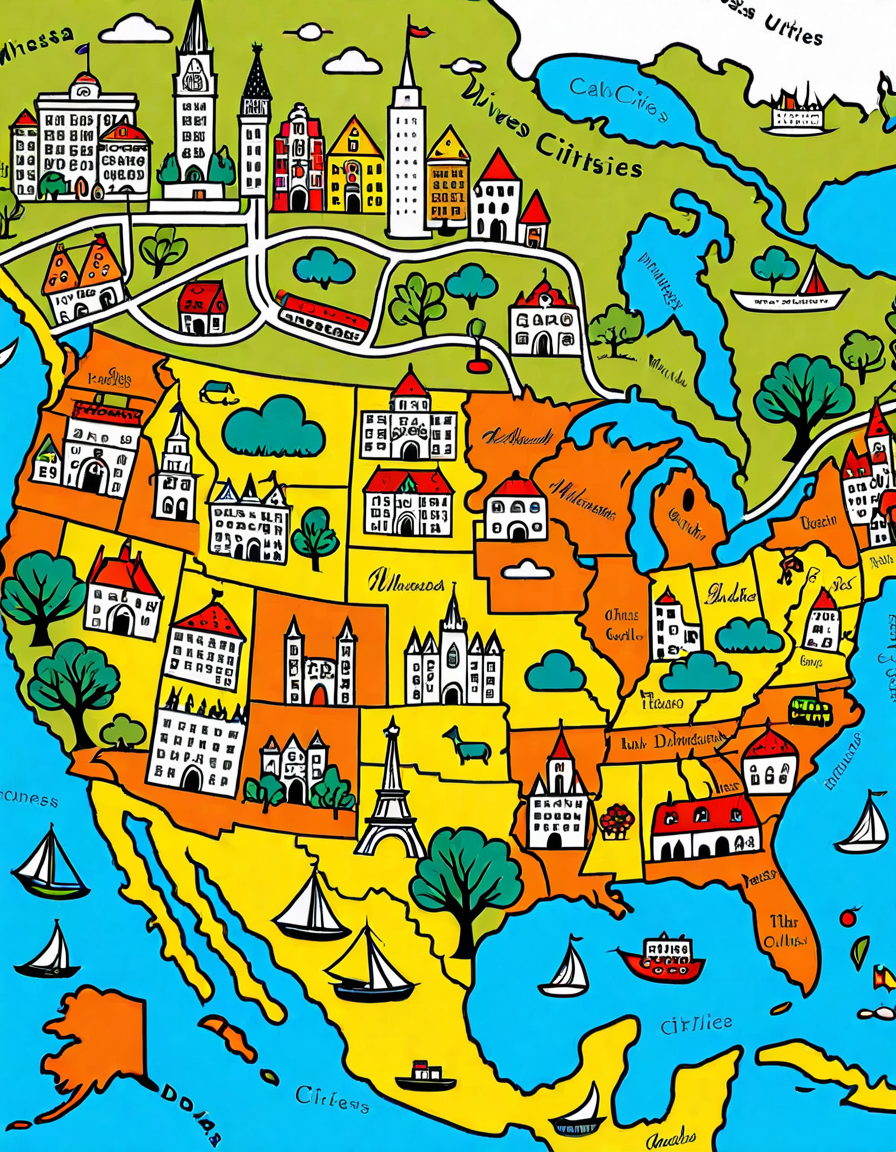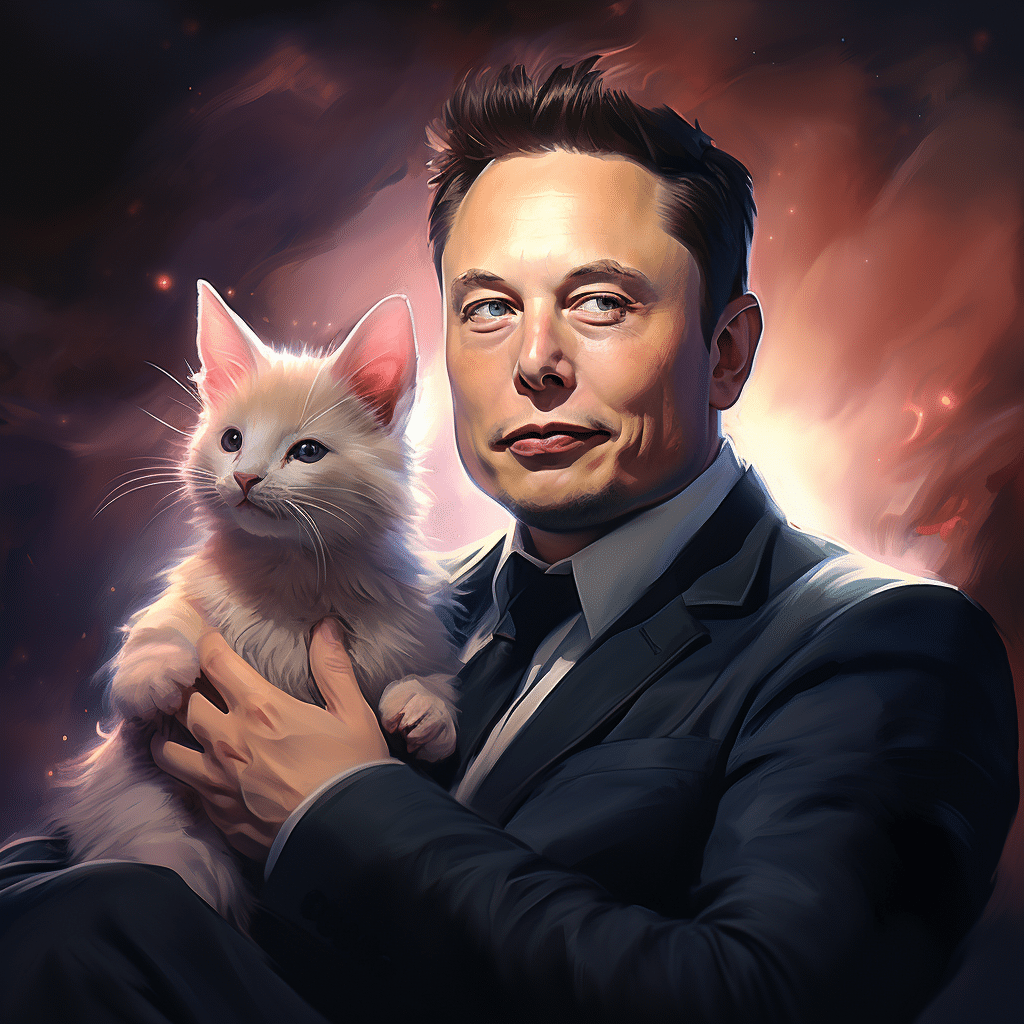When pondering the cosmos, one question often arises: Does the moon rotate? This celestial body has fascinated humanity for centuries, but its relationship with Earth is even more intriguing than we might assume. Yes, the moon does rotate on its axis, but here’s the twist—its rotation is perfectly synchronized with its orbit around Earth. Let’s break this down and explore this mysterious dance!
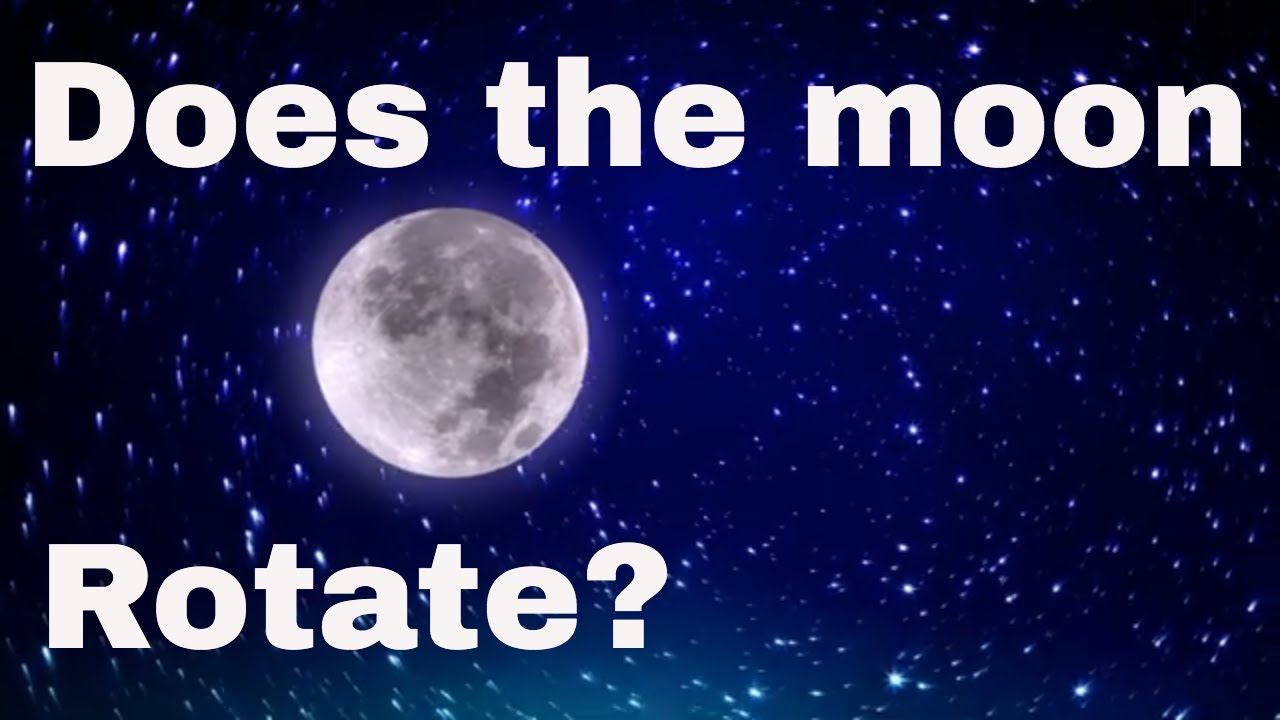
Exploring Moon’s Rotation: Does the Moon Rotate?
The moon doesn’t just drift serenely across the night sky; it engages in a synchronized dance with our planet. Imagine a reliable partner who never lets you down. The moon’s rotation, which takes about 27.3 days to complete a single turn, matches the time it takes to orbit Earth. This phenomenon, known as synchronous rotation, is why we consistently see the same lunar face—commonly referred to as the near side. Meanwhile, the far side, often shrouded in mystery, remains hidden.
This consistent orientation has sparked the imagination of countless cultures. From ancient myths explaining the moon’s face to modern scientific inquiries into its origin, humans have long been captivated by this celestial companion. So, what’s the reason behind this perfect match?
5 Fascinating Facts About the Moon’s Rotation
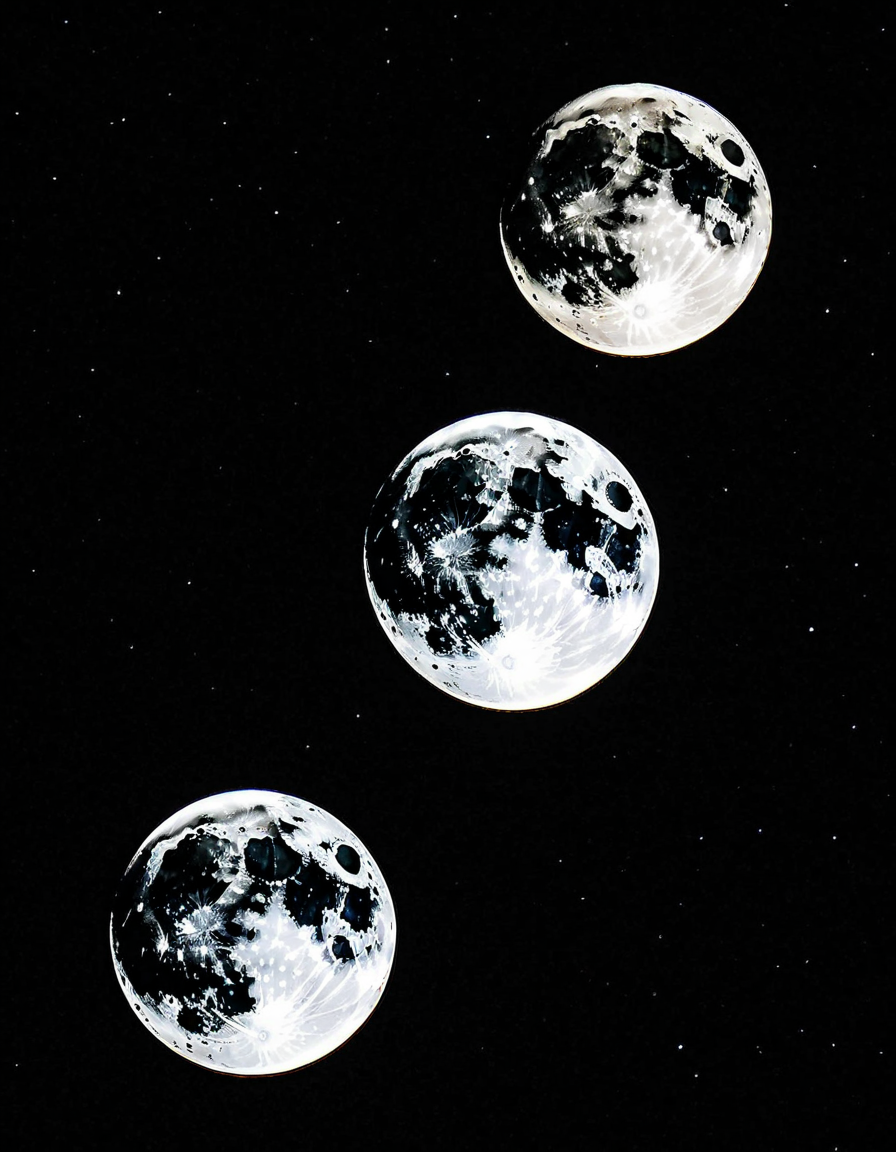
How Does the Moon’s Rotation Affect Its Surface?
Understanding does the moon rotate helps us recognize why its surface features, like the vast maria and rugged highlands, remain constantly viewable from Earth. These features are rich with history, telling stories of volcanism, impacts, and geological transformations.
Research isn’t slowing down; scientists continue to use advanced lunar probes and satellites like NASA’s Lunar Reconnaissance Orbiter. Their findings are crucial, allowing us to decipher the moon’s ancient chapters and perhaps even gain insights into broader planetary science.
Not only does studying these characteristics grant us a deeper appreciation for the moon, but it also fuels our understanding of the early solar system. We’re not just peering at distant rocks; we’re unraveling tales woven into the fabric of our cosmic neighborhood.
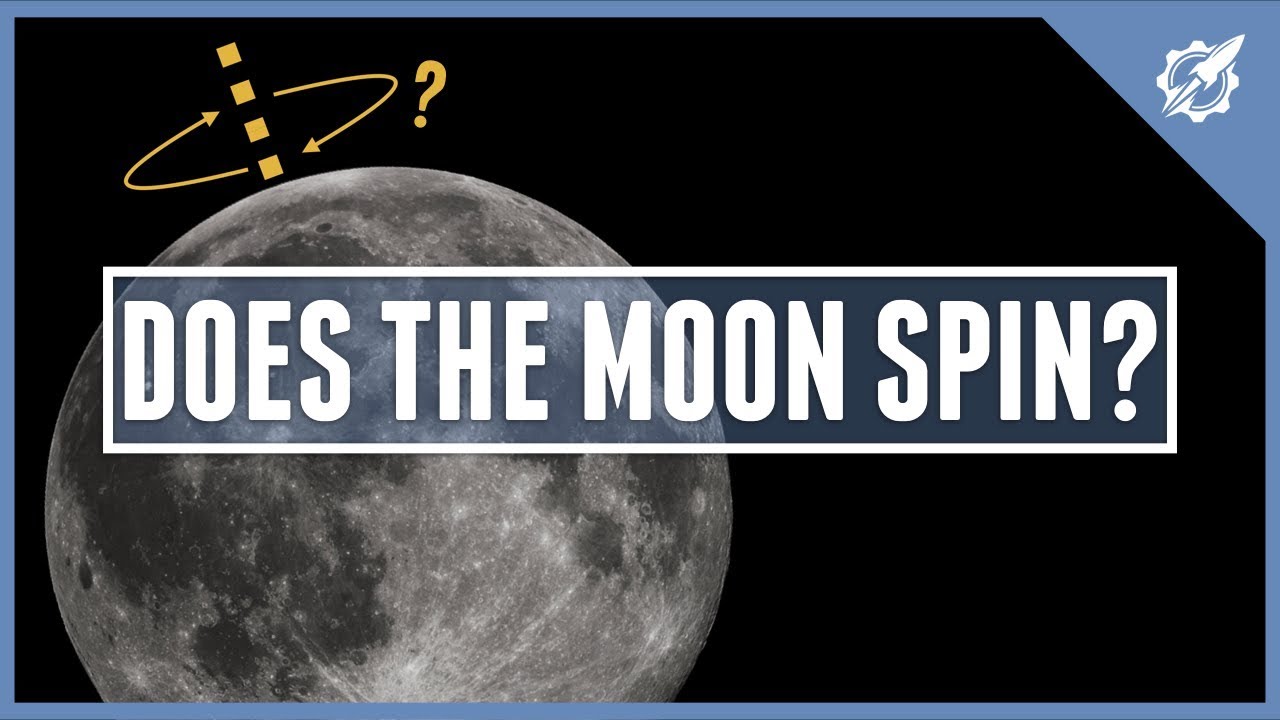
The Future of Lunar Exploration: What Lies Beyond the Dance?
As we look towards the horizon, the excitement is palpable. Various missions are on the agenda, aiming to delve deeper into the moon’s mysteries and its rotation. NASA’s Artemis program, for instance, is a bold initiative not just to return humans to the moon but to establish a sustainable human presence. With plans for lunar bases, we might explore not just for exploration’s sake but for resource mining.
So how does the moon’s rotation play a part in all of this? Understanding its synchronous nature is vital for navigation, building habitats, and potentially harnessing resources for extended missions. The journey towards a deeper understanding can redefine our future in space.
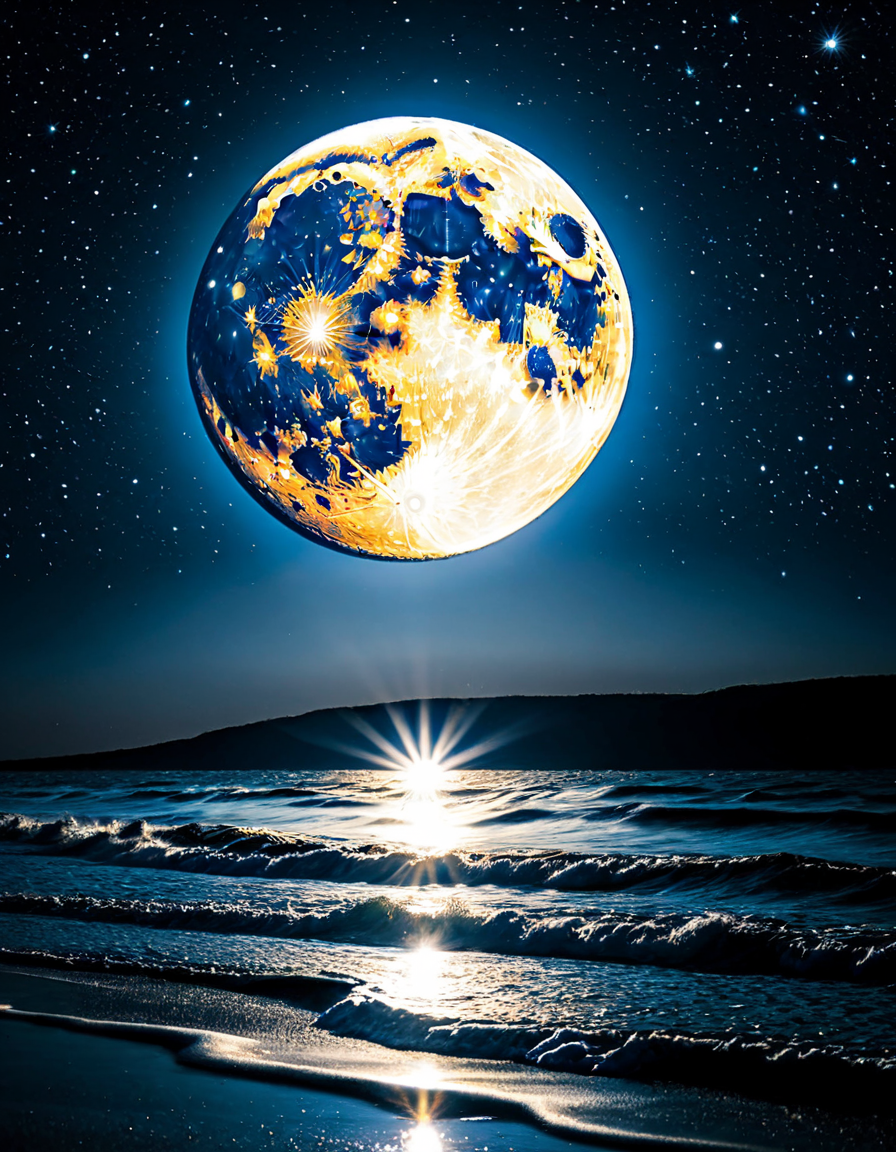
Innovative Perspectives on Our Celestial Companion
The question does the moon rotate? is more than a trivial query; it reflects an intricate relationship filled with wonders and nuances. As we uncover more about our lunar companion, we’re not just learning ancient secrets—we’re preparing the groundwork for generations to come.
As technology leaps forward and our ambitions soar, who knows what mysteries might await? With the passion reminiscent of Elon Musk and the clarity of scientists like Neil deGrasse Tyson, we’re poised to explore more than just the moon’s surface. The future of lunar exploration glimmers in the night sky, revealing paths that await our exploration and understanding.
In this grand cosmic dance, one thing is clear: our connection with the moon transcends mere fascination—it’s a dynamic partnership that both binds and guides us through the ever-expanding universe.
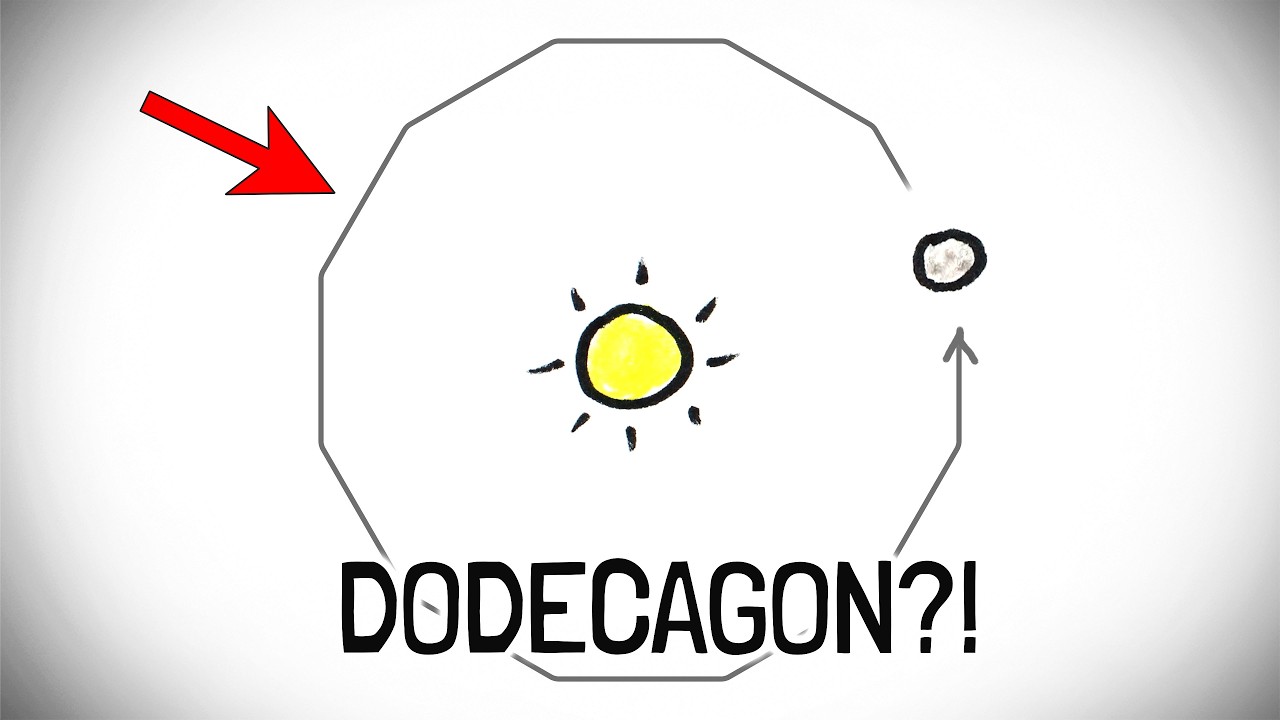
Does The Moon Rotate?
The Moon’s Mysterious Dance with Earth
Ever looked up at that glowing orb in the night sky and wondered, “Does the moon rotate?” Well, the answer is a little twisty! While it’s true that the moon actually does rotate on its axis, it does so in a way that keeps the same side facing Earth. This peculiar movement is known as synchronous rotation, or tidal locking, which means we’ve become pretty familiar with one side of our lunar companion. In a surprising twist of fate, just like Beck Weathers who battled through a ferocious storm to survive, the moon’s journey showcases resilience and balance.
Curiously, this relationship forms a gravitational tug-of-war with Earth—one that continuously shapes our tides. Speaking of shaping experiences, have you ever thought about what fuels those post-workout high-fives? Much like the benefits of the best post workout supplement, the gravitational pull creates these rhythmic tides, engaging Earth and its watery bodies in a dance that’s more intricate than any choreography. So, as the moon rotates, it subtly influences life on our planet in ways we often overlook.
Now, while you may think the moon’s rotation is straightforward, it’s layered with fascinating trivia. For instance, if you catch the megalopolis Showtimes tonight, consider that each lunar cycle is about 29.5 days long—a month of moon phases! It’s a rhythmic cycle, just like the pulse of a city. And don’t forget, the moon isn’t entirely alone; it has a compelling backstory, like that of Harrelson’s Own CBD, which aims to soothe and bring clarity, much like a quiet night under the stars. So while you’re pondering, “Does the moon rotate?” remember that this cosmic dance fuels a connection deeper than we ever imagined!
